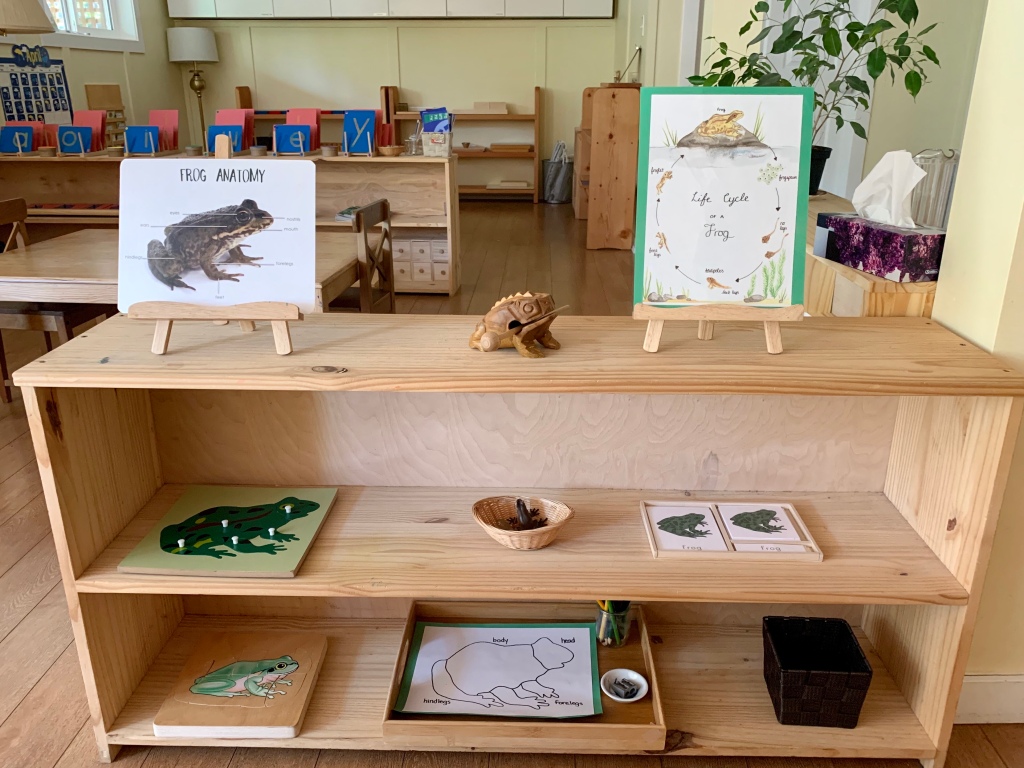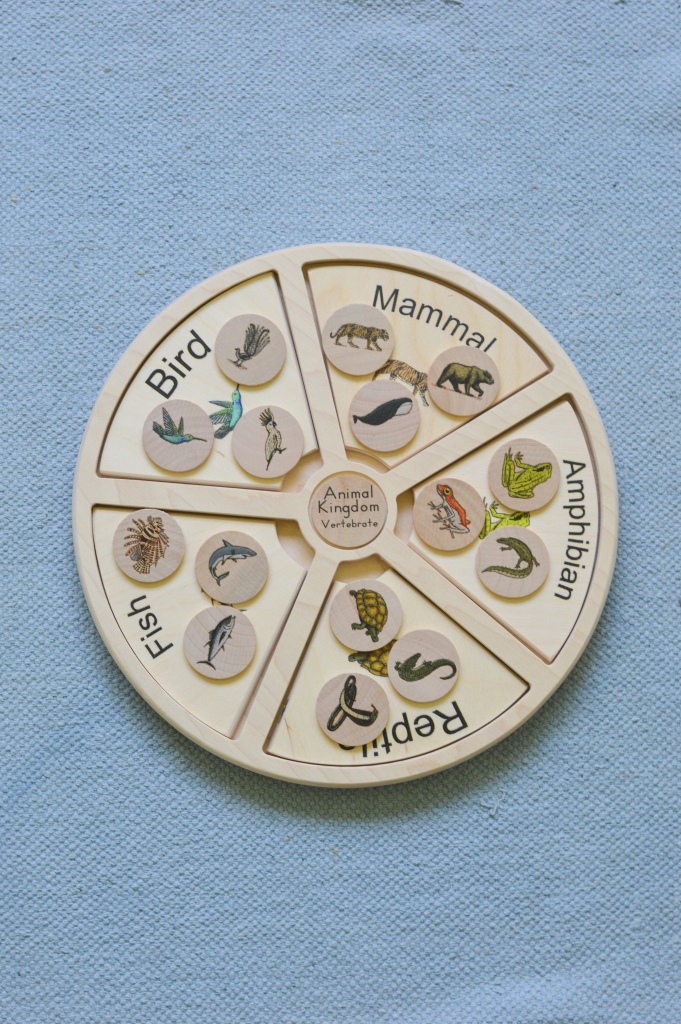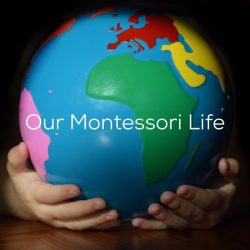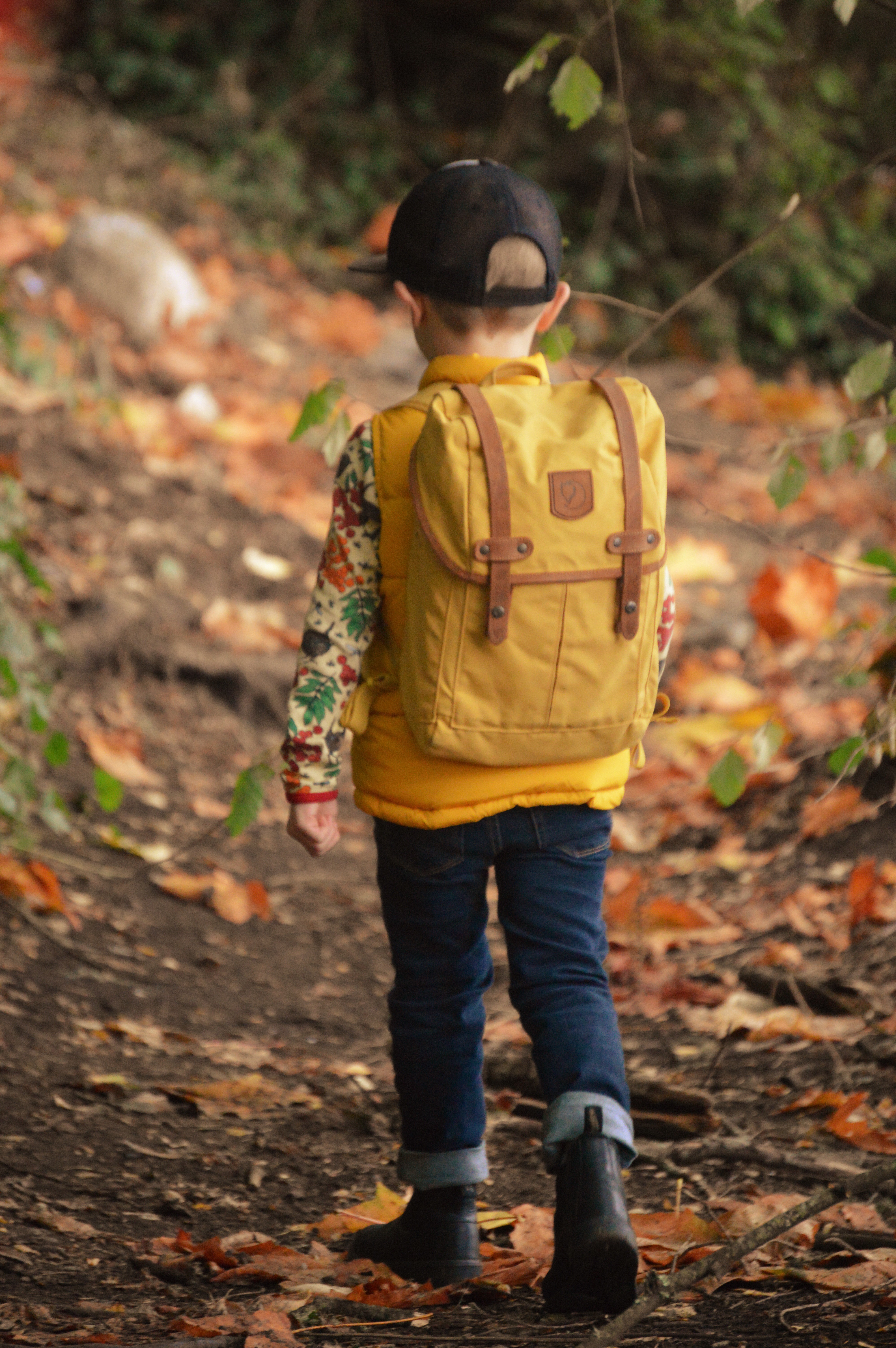This is a hard post to write and it’s hard to know where to start and so perhaps I’ll start at the beginning. Not my beginning or Quentin’s but perhaps at school’s beginning.
Early on in Quentin’s Montessori 3-6 classroom time, we decided that he should remain home one day a week. There were many reasons. He was a preemie and still tired easily napping long periods (even now at 6!). He was bright and needed some focused one on one time to give him the attention he craved to fuel his insatiable appetite for knowledge especially in language and culture. But, truth be told the real reason is I loved it and I’m grateful and ever mindful that we are privileged enough to choose not only how much we work outside the home but we also choose his schooling.

Early on Quentin identified it as our Nature Day. One day a week (Mondays) that we followed the child completely. Not having to be anywhere. A whole day of “yes”.
There soon followed what was to be for us a natural rhythm that we have kept until today:
- Breakfast
- Get dressed
- Choose a home material off the shelves in his work space in a sort of loose Montessori work period
- Choose an outing, pack up and head out
- Home for lunch
- Sleep/rest/read in the early afternoon
- Baking in the late afternoon
- Back downstairs to choose an independent activity (often a board game, art, Lego) until dinner
You can read about our Montessori day at age four here. Not much has changed routine wise except that in the last part of this year at 6.5 years old, Quentin has finally given up his afternoon nap. We now read on the couch with cups of tea and a blanket instead of him going to his room to nap.
There have been enough memories in these few short years to last a lifetime.

Trips to the ocean.

Trips into the rainforest.


And trips to all the local museums and art galleries. Every Monday we would pack a bag and go. And along the way there was work mat after work mat of child chosen activities, fantastic games and pages being poured over.
For two years we followed an absolutely fabulous Nature Study based on the book “Nature Anatomy”. You can find our first monthly post here and the rest of the monthly studies in our website category Montessori Nature Study and Outdoor Activities. It really helped us find our way and gave us ideas that were easily doable where we live.
As Quentin transitioned to the 6-9 classroom however our Nature Days have become more customized. He is able to really formulate research ideas now (check out our Instagram feed for his latest child led project) and gathers the materials himself. He finds a multitude of ideas on our nature hikes instead of preferring to stick to a solid theme.
So why the formal end to it all?
We are on the verge of a very big change.
The Montessori 6-9 classroom in a small local Montessori school Quentin currently attends has been lacking and has regrettably not lived up to our standards. And so last month when his waitlist papers were pulled at one of the Montessori schools in our area that goes from the 3-6 classroom right through high school we jumped at the chance and took the spot. It will be a world of positive difference for him. And it means he will be able to stay in an authentic school Montessori environment until he graduates high school.
And, it will mean, he attends five full days a week.
The decision was an easy one. The school has (among many other positive features) a strong nature component. It is the right choice for him.
Because of this as we prepare for him to start at the new school next Monday, today was our last official Nature Day. Of course it poured rain. And so we didn’t let that stop us, instead using our seasons passes to visit one of our favourite indoor paradises.


The warm air filled with hundreds of butterflies was the perfect thing to take our minds off the rain and the upcoming transition.
There was also a morning filled with the busy hum of a child who loves learning. 
So what does all this mean for us? Well for most of our days it will be very much the same. The school morning routine that sees us through the rest of the week will now start for Quentin on Monday. I will continue to consult with families and school and teach in my 3-6 classroom.
It’s the little things that will change.
We will need to be mindful of how even just one day can add to the overall load on a child and shift our expectations and observations to be sure to catch that.
We will need to find time on the weekends to steal ourselves away into the woods and the shoreline and all of his favourite little hideaways.
And above all, we will need to ensure that he has the time to keep that fire lit outside of school. To give him the opportunity to share his joy of learning whether it’s baking a new recipe or sitting down to trudge through the differences between Newton’s Law of Gravitation and Einstein’s Theory of Relativity when talking about things that are really big and very fast (because yes, he’s that six year old kid).
I will also need to be prepared for him to miss it, this closeness we share on Mondays, but I also need to be prepared for him to not. And that perhaps is the most wonderful and most stinging part of it all. That wonderfully painful part of seeing your children grow up.
“The things he sees are not just remembered. They form a part of his soul.”
– Dr. Maria Montessori


























































